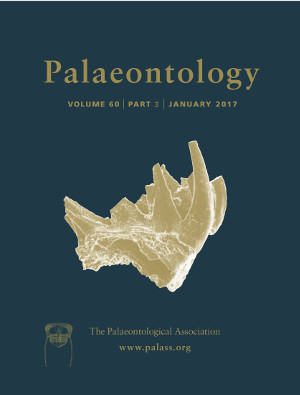Reg. Charity No. 1168330

Since the discovery of exceptionally preserved theropod dinosaurs with soft tissues in China in the 1990s, there has been much debate about the nature of filamentous structures observed in some specimens. Sinosauropteryx was the first non‐avian theropod to be described with these structures, and remains one of the most studied examples. Despite a general consensus that the structures represent feathers or feather homologues, a few identify them as degraded collagen fibres derived from the skin. This latter view has been based on observations of low‐quality images of Sinosauropteryx, as well as the suggestion that because superficially similar structures are seen in Jurassic ichthyosaurs they cannot represent feathers. Here, we highlight issues with the evidence put forward in support of this view, showing that integumentary structures have been misinterpreted based on sedimentary features and preparation marks, and that these errors have led to incorrect conclusions being drawn about the existence of collagen in Sinosauropteryx and the ichthyosaur Stenopterygius. We find that there is no evidence to support the idea that the integumentary structures seen in the two taxa are collagen fibres, and confirm that the most parsimonious interpretation of fossilized structures that look like feather homologues in Sinosauropteryx is that they are indeed the remains of feather homologues.